Italian cuisine is celebrated worldwide for its passion, simplicity, and adherence to tradition. However, not all eateries boasting the Italian label truly honor these values.
Whether you’re a devoted foodie or a curious diner, recognizing the signs of inauthentic Italian restaurants can save you from disappointing meals.
From menu mishaps to decor disasters, these red flags signal when your so-called Italian dining experience might be more about appearances than authentic flavors. Here are 15 glaring indications that the place you’re in is not the real Italian deal.
1. Chicken Alfredo

You walk into an Italian restaurant, and the menu has Chicken Alfredo. Oh no, we’ve got a problem! This Americanized dish, while creamy and delightful, is as Italian as a cowboy hat.
In Italy, Alfredo sauce doesn’t even include cream. Traditionally, it’s just butter, parmesan, and pasta.
2. Spaghetti With Meatballs
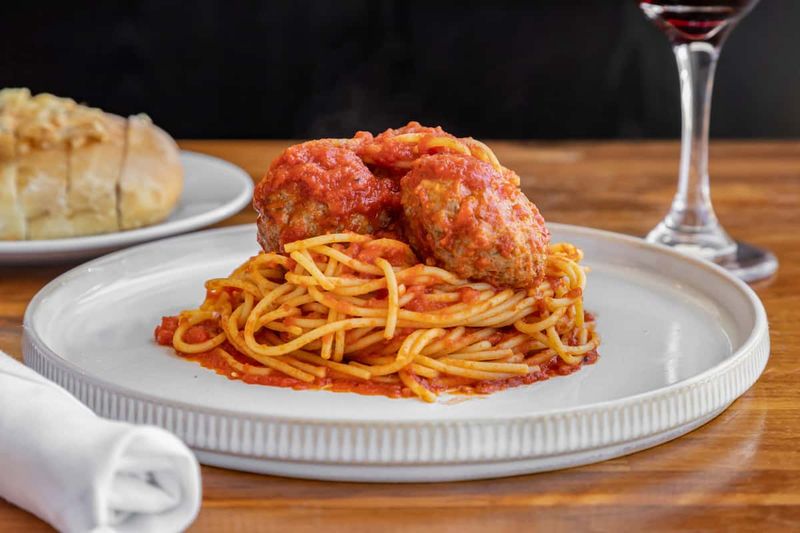
Picture this: a heaping plate of spaghetti with meatballs. In America, it’s comfort food; in Italy, it’s a head-scratcher.
This dish is a staple in Italian-American cuisine, but you’d be hard-pressed to find this pairing in Italy. Italians eat meatballs, or ‘polpette,’ separately from pasta, often as a main dish.
3. “Bolognese” Made With Spaghetti
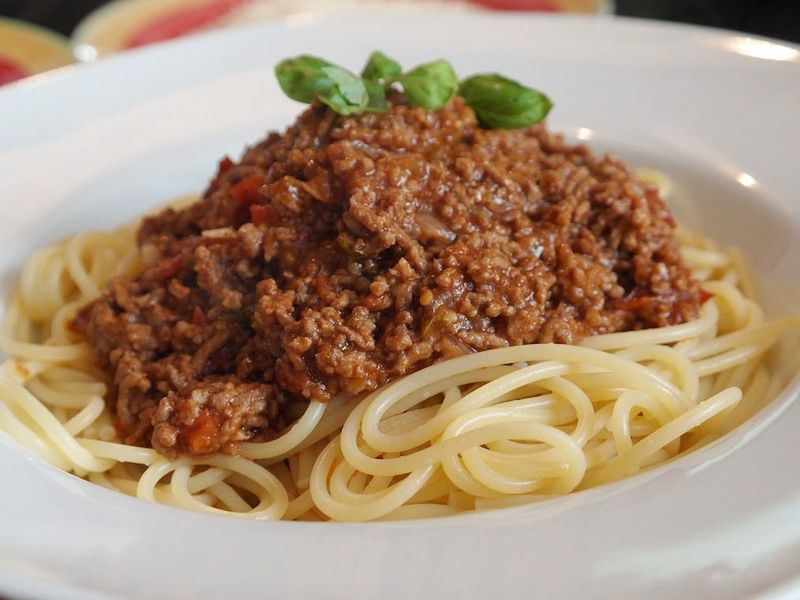
Ah, the beloved spaghetti Bolognese. A classic Italian dish, right? Not quite.
In Bologna, the sauce, known as ragù, is traditionally served with tagliatelle, a flat, ribbon-like pasta that holds the sauce beautifully. Using spaghetti instead is a sure sign of an Italian restaurant that’s bending the rules.
4. Garlic Bread

Garlic bread, crispy and fragrant, often graces the table of Italian-American restaurants. But it’s not quite an Italian tradition.
This delight is more of a garlic toast, lacking the subtlety of authentic Italian starters. In Italy, bread is served plain, sometimes with olive oil or balsamic vinegar.
5. An Overloaded Pizza Menu

Pineapple, buffalo chicken, and beyond! A pizza menu overloaded with quirky toppings is a red flag at any Italian restaurant.
In Italy, pizzas are celebrated for their simplicity and use of high-quality ingredients. Classic options like Margherita or Marinara speak volumes about Italian craftsmanship.
6. Italian Flags And Checkered Tablecloths Everywhere
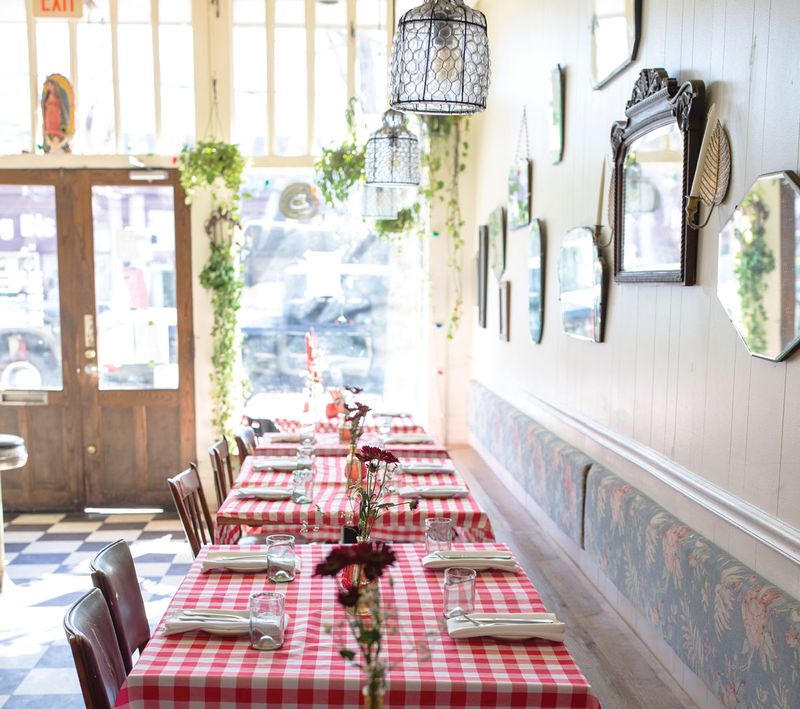
When an Italian restaurant is draped in Italian flags and checkered tablecloths, it might be trying too hard to convince you of its authenticity.
While the decor is meant to evoke old-world charm, it often signals an establishment that focuses more on aesthetics than culinary authenticity.
7. Olive Garden-Style Decor
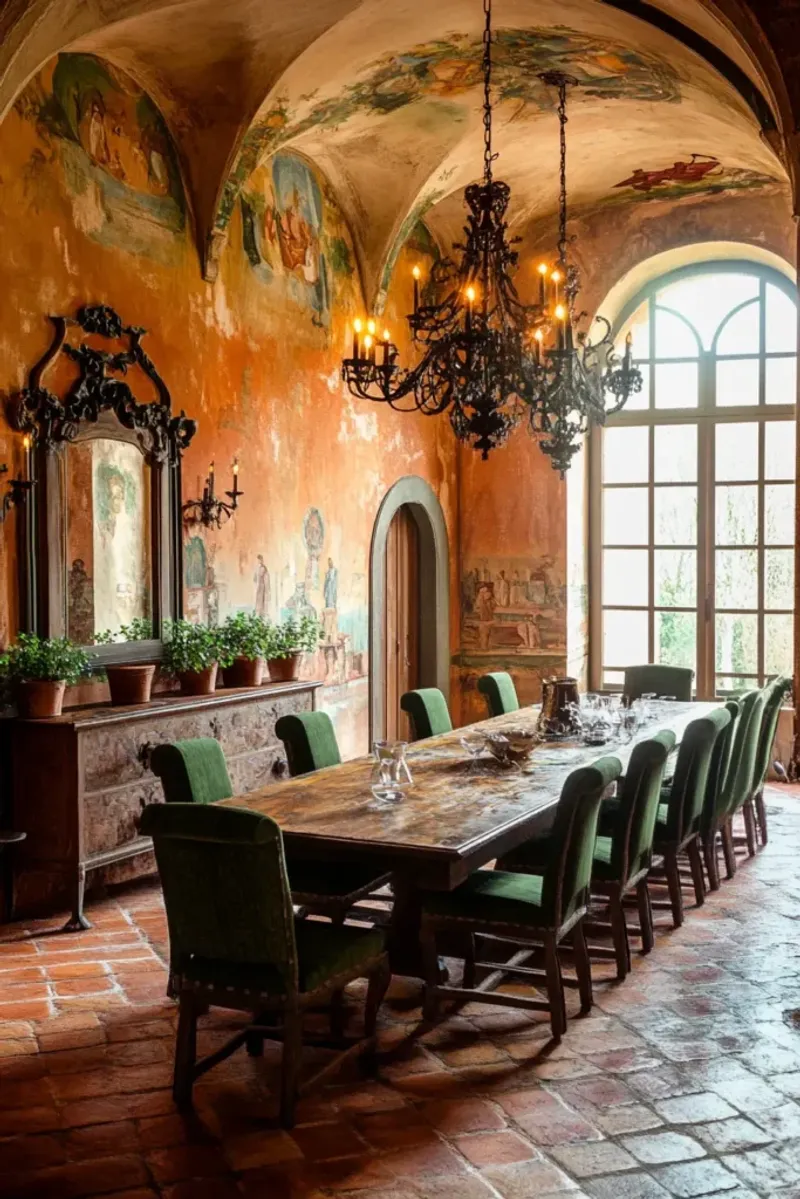
You step in, and the ambiance screams faux Tuscany. Olive Garden-style decor with faux vines and rustic arches might give off a warm vibe but doesn’t spell authenticity.
Real Italian restaurants cherish simplicity and elegance, focusing on family, food, and tradition, rather than on fabricated charm.
8. Loud Opera Or Overplayed “That’s Amore”
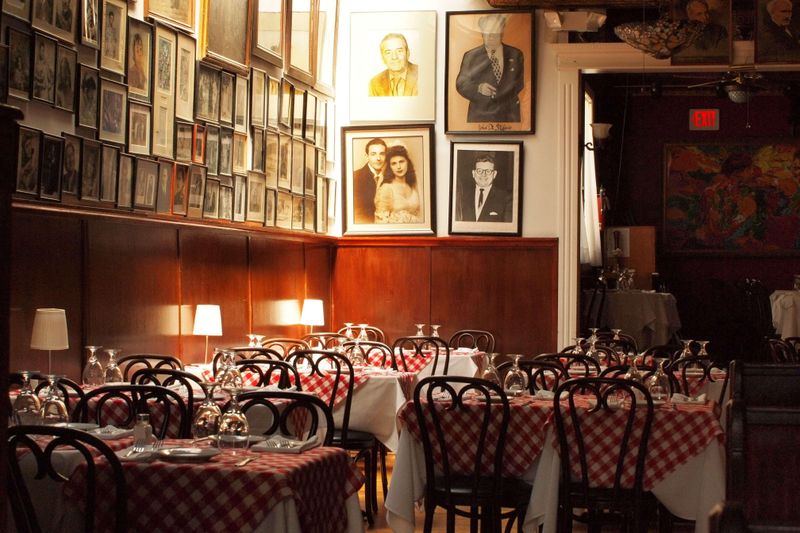
If a restaurant’s soundtrack features loud opera or endlessly loops “That’s Amore,” you might be in for a less-than-genuine Italian dining experience.
Music is an integral part of Italian culture, but real trattorias opt for subtlety, favoring ambient sounds that allow the food to shine.
9. Menu In Only English (With No Italian Terms)

You peruse the menu, and it’s entirely in English—no Italian terms whatsoever. This can be a strong hint that the restaurant might not be deeply rooted in Italian culinary traditions.
Authentic Italian spots will often include Italian names of dishes, giving patrons a taste of the language and culture.
10. They Call It “Real Italian”

If a restaurant has to loudly claim it serves “Real Italian” cuisine, it might be compensating for something.
Authentic Italian restaurants let their food speak for itself. True culinary quality doesn’t need a loud proclamation—it’s evident in every bite.
11. Cream In The Carbonara
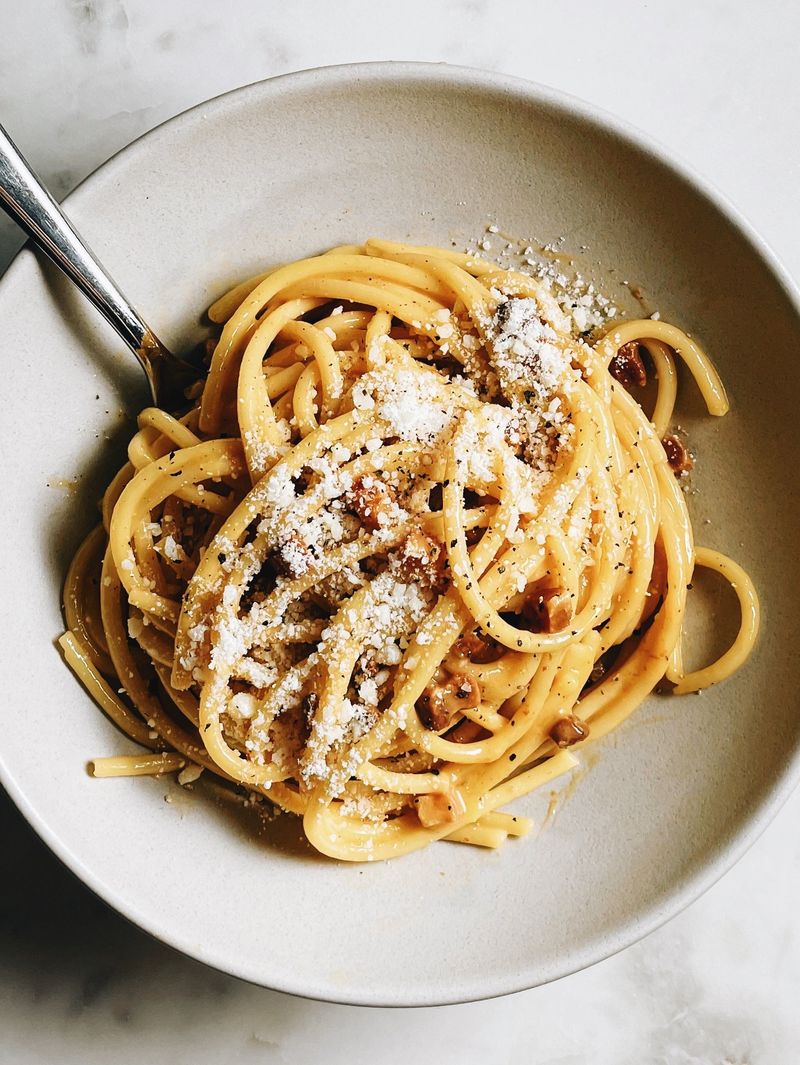
Carbonara with cream? In Italy, that’s almost a culinary crime! The real deal is made with egg, pecorino cheese, pancetta, and black pepper—no cream involved.
The creamy texture should come from the emulsion of cheese and egg, not from added cream. When a restaurant uses cream, it’s a giveaway they’re not adhering to the authentic recipe.
12. Frozen Lasagna
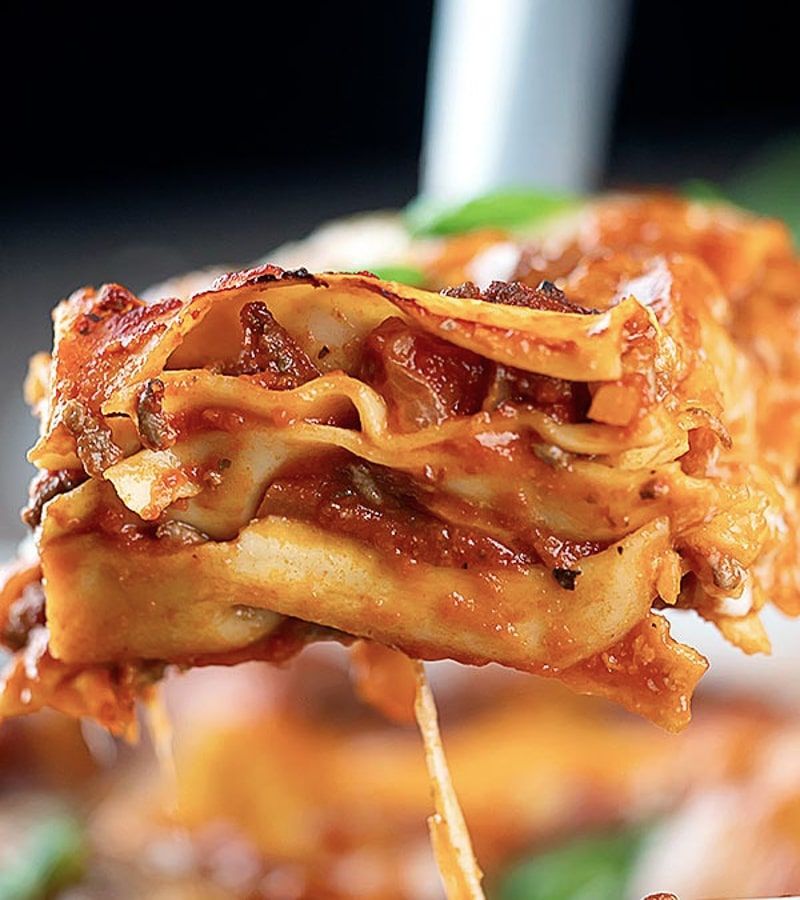
Frozen lasagna might be convenient, but it’s a red flag at any self-respecting Italian restaurant.
Real lasagna should be a labor of love, with layers of fresh pasta, béchamel, and ragù crafted from scratch. If it’s frozen, it signals a lack of care for authenticity and quality.
13. Bread And Butter On The Table

Bread and butter are staples in many cuisines, but not in authentic Italian dining. Instead, Italians typically pair fresh bread with olive oil or balsamic vinegar.
Butter on the table hints at a restaurant catering more to American preferences than Italian traditions.
14. Oversized Portions

An Italian meal should leave you satisfied, not stuffed. Oversized portions are more about quantity than quality and differ from the Italian approach to dining.
In Italy, meals are savored, with each course portioned to leave room for the next. If your plate looks like it could feed a family, you’re likely not experiencing authentic Italian dining.
15. No Daily Specials

Daily specials reflect a restaurant’s commitment to fresh, seasonal ingredients. If an Italian restaurant lacks them, it might not be embracing true Italian cooking.
Italy’s rich culinary tradition thrives on regional and seasonal offerings, adapting menus to what’s fresh and available. Without daily specials, a restaurant might be neglecting this fundamental aspect of Italian cuisine.

